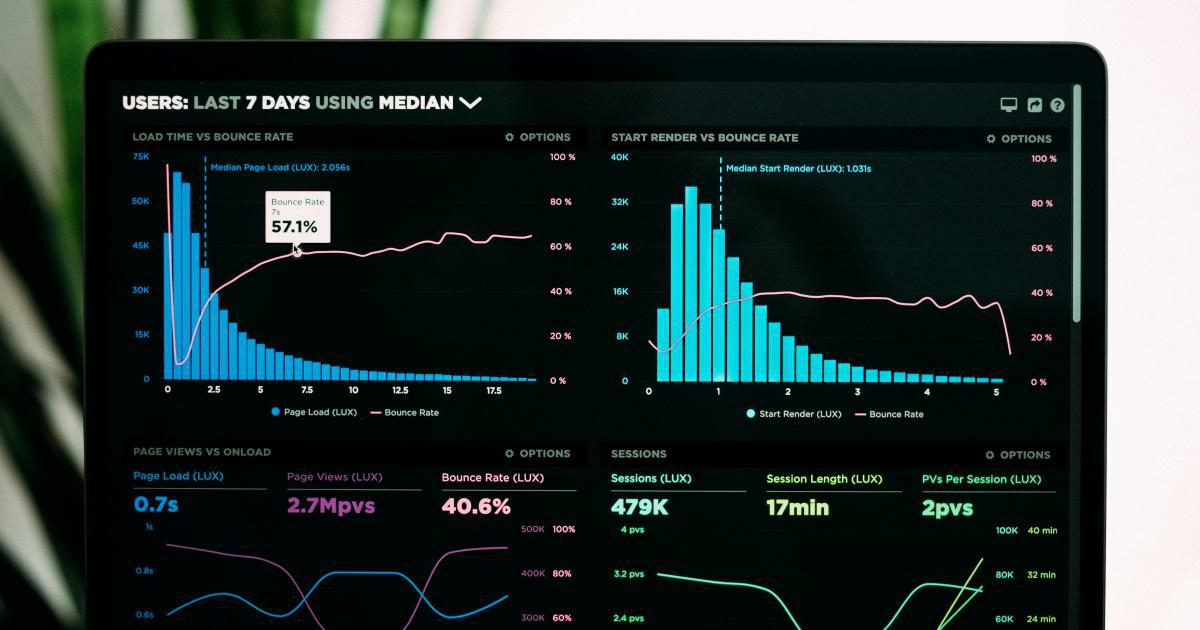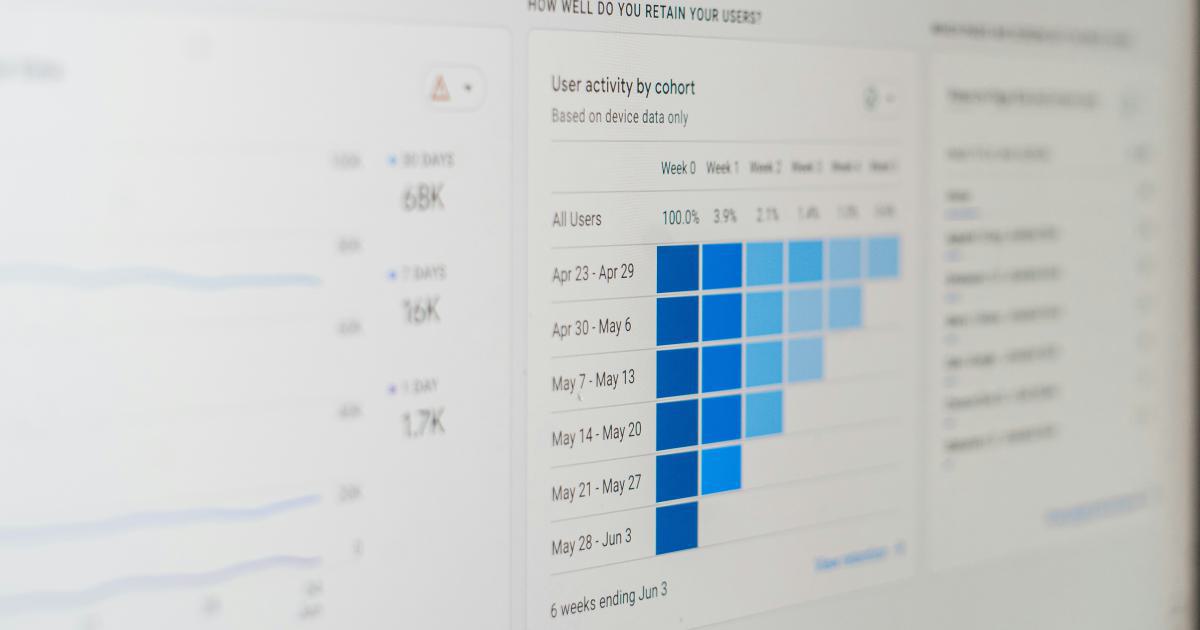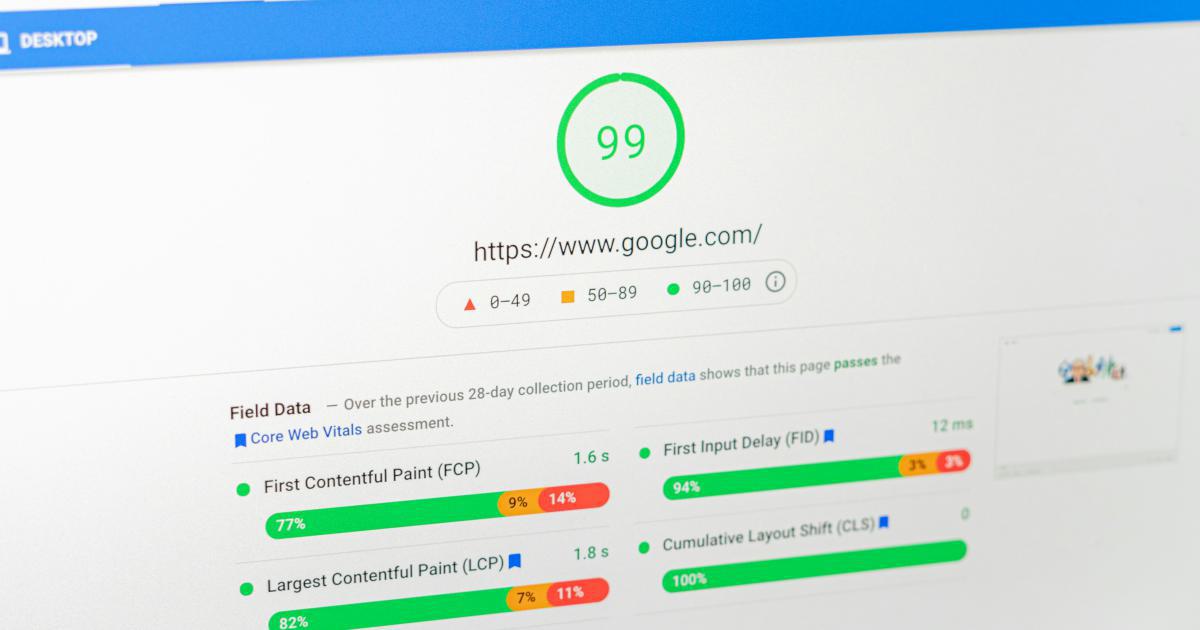Conquering Bounce Rates: A Data-Driven Approach


Understanding Bounce Rates: Uncovering the Hidden Insights
Bounce rates are a crucial metric in the world of digital marketing, serving as a vital indicator of user engagement and the overall effectiveness of your online presence. A high bounce rate can signify a range of issues, from poor website design and content relevance to user frustration and lack of trust. Conquering bounce rates is essential for driving meaningful traffic, fostering stronger customer relationships, and ultimately, achieving your business goals.

In this comprehensive article, we'll delve into the world of bounce rates, exploring the underlying factors that influence them and unveiling a data-driven approach to effectively reducing and optimizing your bounce rate. By the end of this journey, you'll be equipped with a powerful arsenal of strategies and tactics to conquer your bounce rate challenges and transform your online presence into a thriving, engaging hub for your target audience.
Defining Bounce Rates: What Are They, and Why Do They Matter?
A bounce rate is the percentage of visitors who land on your website and leave without interacting with any other page. In other words, it represents the users who "bounce" off your site after viewing only a single page. High bounce rates can indicate a range of issues, such as:
- Poor website design or user experience: If your website is not visually appealing, intuitive, or easy to navigate, users may quickly become frustrated and leave.
- Irrelevant or low-quality content: If the content on your website does not align with the user's search intent or provide value, they are more likely to bounce.
- Slow loading times: Slow-loading pages can significantly increase bounce rates, as users become impatient and leave before the content fully loads.
- Lack of engagement or call-to-action: If your website fails to encourage users to explore further or take a desired action, they may simply leave after the initial page visit.
Understanding the implications of high bounce rates is crucial for businesses and website owners. A high bounce rate can negatively impact:
- Search engine rankings: Search engines like Google use bounce rate as a signal of user engagement and satisfaction, which can affect your website's search engine visibility and ranking.
- Lead generation and conversions: If users are quickly leaving your site, they are less likely to convert into leads or customers, ultimately impacting your bottom line.
- Brand reputation and credibility: A high bounce rate can suggest that your website is not providing a positive user experience, which can harm your brand's reputation and credibility.
Analyzing Bounce Rates: Uncovering the Root Causes
To effectively conquer your bounce rate challenges, it's essential to dive deep into the data and uncover the underlying factors that contribute to your specific bounce rate issues. This data-driven approach will enable you to identify the most impactful areas for improvement and implement targeted solutions.
Tracking and Measuring Bounce Rates
The first step in your bounce rate optimization journey is to ensure that you have a reliable system in place for tracking and measuring your bounce rates. This typically involves integrating your website with a robust web analytics platform, such as Google Analytics, which provides a wealth of data and insights into user behavior.

Within your analytics platform, you can access key metrics related to bounce rates, including:
- Overall Bounce Rate: This metric represents the percentage of users who land on your website and leave without interacting with any other page.
- Page-Level Bounce Rates: Analyzing bounce rates at the individual page level can help you identify specific problem areas on your website.
- Bounce Rate by Traffic Source: Understanding the bounce rates of users coming from different traffic sources (e.g., organic search, social media, referrals) can provide valuable insights into the quality and relevance of your traffic.
- Bounce Rate by Device Type: Examining bounce rates across different device types (desktop, mobile, tablet) can reveal any user experience or responsiveness issues.
By closely monitoring these metrics, you can gain a comprehensive understanding of your bounce rate landscape and identify the areas that require the most attention.
Uncovering the Root Causes
Once you have a solid grasp of your bounce rate data, it's time to dive deeper and uncover the underlying factors that are contributing to high bounce rates. This process involves a thorough analysis of various aspects of your website and user behavior, including:
Content Quality and Relevance: Assess the quality, relevance, and perceived value of your website's content. Are you providing content that aligns with your target audience's search intent and pain points?
User Experience and Navigability: Evaluate the overall user experience of your website, including its design, layout, and ease of navigation. Are users able to find the information they need quickly and intuitively?
Page Speed and Performance: Measure the loading times of your website's pages and identify any areas where performance can be improved. Slow-loading pages can significantly contribute to high bounce rates.
Call-to-Action (CTA) Effectiveness: Analyze the placement, visibility, and wording of your CTAs. Are you effectively encouraging users to engage further with your website and take the desired actions?
Device Optimization: Examine the user experience and bounce rates across different device types (desktop, mobile, tablet). Are there any responsiveness or compatibility issues that need to be addressed?
Traffic Source Analysis: Investigate the bounce rates of users coming from different traffic sources, such as organic search, social media, or referrals. This can help you identify any issues with the quality or relevance of your traffic.

By digging deep into these various aspects of your website and user behavior, you can begin to uncover the root causes of your bounce rate challenges. This comprehensive analysis will form the foundation for your data-driven approach to conquering bounce rates.
Conquering Bounce Rates: Strategies and Tactics
With a clear understanding of your bounce rate landscape and the underlying factors contributing to it, you can now embark on a journey to conquer your bounce rate challenges. This section will explore a range of strategies and tactics that can help you effectively reduce your bounce rate and enhance user engagement on your website.
Optimizing Content for Relevance and Value
One of the primary drivers of high bounce rates is the quality and relevance of your website's content. To address this, consider the following strategies:
Conduct Thorough Keyword Research: Identify the keywords and search queries that your target audience is using to find your website. Ensure that your content is optimized to address these specific search intents.
Create Engaging, Value-Driven Content: Develop content that provides genuine value to your users, addressing their pain points and offering solutions or insights they find truly useful.
Enhance Content Readability and Scanability: Format your content in a way that makes it easy for users to quickly grasp the key information. Use subheadings, bullet points, and other formatting techniques to improve the overall readability.
Implement Multimedia Elements: Incorporate visually appealing and informative elements, such as images, videos, and infographics, to break up the text and make your content more engaging.

Improving User Experience and Navigability
Another crucial factor in conquering bounce rates is ensuring that your website provides an exceptional user experience. This involves optimizing various aspects of your website's design and navigability:
Enhance Website Design and Layout: Ensure that your website's design is visually appealing, intuitive, and aligned with your brand identity. Prioritize clear navigation, prominent CTAs, and a clean, uncluttered layout.
Optimize for Mobile Responsiveness: Prioritize a mobile-friendly user experience, as an increasing number of users access websites from their smartphones and tablets. Ensure that your website is optimized for seamless navigation and content consumption across all device types.
Streamline the Navigation and Site Structure: Organize your website's content and pages in a logical, easy-to-follow manner. Implement a clear, intuitive navigation menu that allows users to quickly find the information they need.
Incorporate Relevant Internal Linking: Strategically place internal links within your content to encourage users to explore your website further and engage with related or complementary information.

Enhancing Page Speed and Performance
Slow-loading pages can significantly contribute to high bounce rates, as users become impatient and leave before the content has a chance to load fully. To address this issue, consider the following strategies:
Optimize Images and Media Files: Compress and optimize your website's images, videos, and other multimedia elements to reduce file sizes and improve loading times.
Minimize HTTP Requests: Reduce the number of external resources (scripts, stylesheets, fonts) that your website needs to load, as each request can add to the overall loading time.
Leverage Browser Caching: Implement browser caching to ensure that returning visitors can quickly access previously loaded resources, reducing the need to re-download the same files.
Utilize Content Delivery Networks (CDNs): Consider using a CDN to serve your website's static assets (images, CSS, JavaScript) from a network of geographically distributed servers, reducing the distance between the user and the content.

Optimizing Call-to-Action (CTA) Placement and Messaging
Effective CTAs play a crucial role in encouraging users to engage further with your website and take the desired actions. To enhance your CTA performance and reduce bounce rates, consider the following strategies:
Strategically Place CTAs: Ensure that your CTAs are prominently displayed and easily accessible throughout your website, without overwhelming the user experience.
Craft Compelling CTA Copy: Develop clear, action-oriented CTA text that resonates with your target audience and compels them to click through.
Experiment with CTA Design and Formatting: Test different CTA designs, colors, and formatting to determine the most visually appealing and effective approach for your website.
Personalize CTAs Based on User Behavior: Leverage user data and segmentation to present personalized CTAs that align with the user's stage in the customer journey or their specific interests and needs.

Monitoring and Continuously Improving
Conquering bounce rates is an ongoing process that requires continuous monitoring, analysis, and optimization. Implement the following strategies to ensure that your bounce rate reduction efforts remain effective over time:
Regularly Review Bounce Rate Metrics: Continuously track and analyze your overall bounce rate, as well as page-level and device-specific bounce rates, to identify emerging trends and areas for improvement.
Conduct A/B Testing: Experiment with different website elements, such as content, design, and CTAs, to determine the most effective approaches for reducing your bounce rate.
Gather User Feedback: Collect insights from your users, either through surveys, user interviews, or website feedback forms, to understand their pain points and identify areas for improvement.
Implement an Iterative Optimization Approach: Use the data and insights you've gathered to make incremental improvements to your website, continuously refining and optimizing your bounce rate reduction strategies.

By adopting a data-driven, comprehensive approach to conquering bounce rates, you can transform your website into a highly engaging, user-centric platform that not only reduces bounce rates but also drives increased conversions, higher customer satisfaction, and improved search engine rankings.